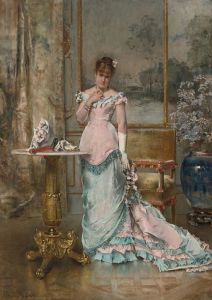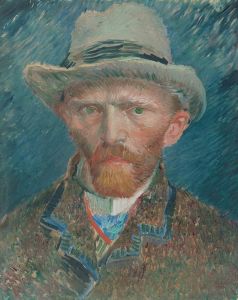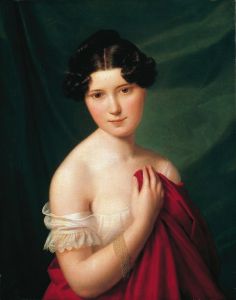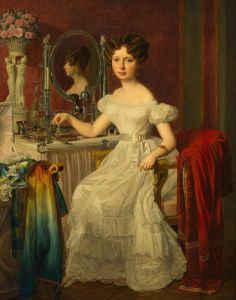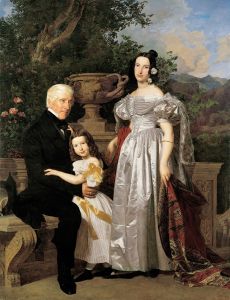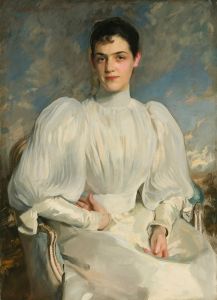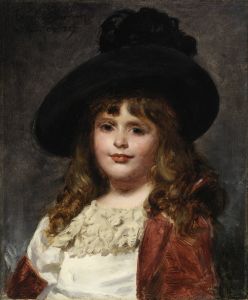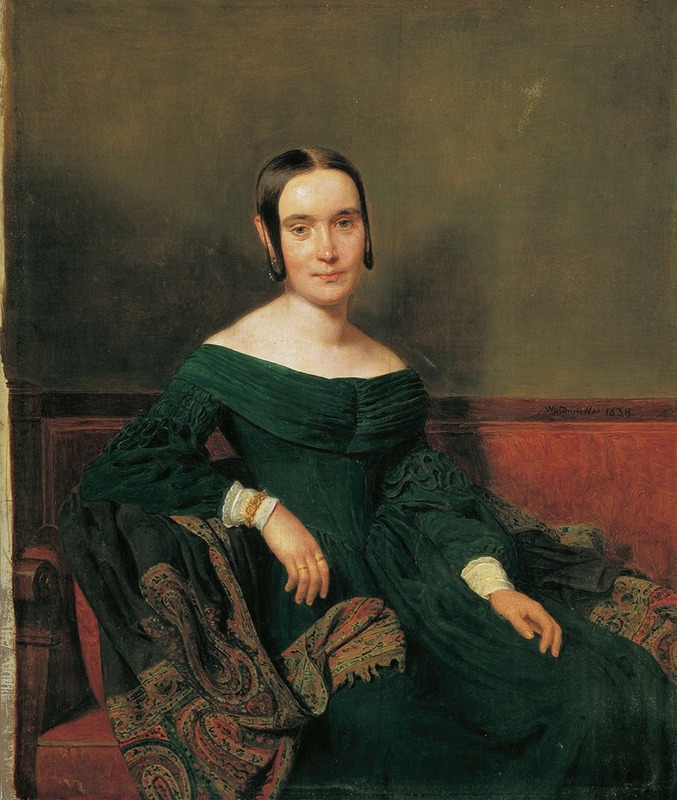
Lady in vermilion dress
A hand-painted replica of Ferdinand Georg Waldmüller’s masterpiece Lady in vermilion dress, meticulously crafted by professional artists to capture the true essence of the original. Each piece is created with museum-quality canvas and rare mineral pigments, carefully painted by experienced artists with delicate brushstrokes and rich, layered colors to perfectly recreate the texture of the original artwork. Unlike machine-printed reproductions, this hand-painted version brings the painting to life, infused with the artist’s emotions and skill in every stroke. Whether for personal collection or home decoration, it instantly elevates the artistic atmosphere of any space.
Ferdinand Georg Waldmüller was an Austrian painter born on January 15, 1793, in Vienna, and he became one of the most significant figures in the Biedermeier period of art. Waldmüller is renowned for his detailed and realistic portrayal of everyday life, landscapes, and portraits. His works are celebrated for their vibrant colors and meticulous attention to detail, which capture the essence of 19th-century Austrian society.
One of Waldmüller's notable works is "Lady in Vermilion Dress." This painting exemplifies his skill in portraiture and his ability to convey the character and status of his subjects through their attire and expressions. The painting features a woman dressed in a striking vermilion dress, a color that was often associated with wealth and status during the period. The choice of color not only highlights the subject's social standing but also demonstrates Waldmüller's mastery of color and light.
Waldmüller's technique in "Lady in Vermilion Dress" reflects his academic training and his dedication to realism. He studied at the Academy of Fine Arts in Vienna, where he honed his skills in drawing and painting. His attention to detail is evident in the intricate rendering of the fabric and the subtle play of light and shadow on the subject's face and clothing. This level of detail is characteristic of Waldmüller's work and contributes to the lifelike quality of his portraits.
The Biedermeier period, during which Waldmüller created many of his works, was marked by a focus on the domestic and the everyday. Artists of this time often depicted scenes of middle-class life, emphasizing comfort, order, and modesty. Waldmüller's portraits, including "Lady in Vermilion Dress," reflect these themes by portraying individuals in a manner that emphasizes their personal dignity and the quiet elegance of their surroundings.
Waldmüller's work was well-received during his lifetime, and he enjoyed considerable success as a portraitist and landscape painter. However, his career was not without challenges. He faced criticism from some contemporaries who favored more traditional academic styles, and his progressive views on art education led to conflicts with the art establishment. Despite these challenges, Waldmüller's influence on Austrian art remained significant, and his works continued to be celebrated for their technical excellence and emotional depth.
"Lady in Vermilion Dress" is a testament to Waldmüller's ability to capture the essence of his subjects with precision and sensitivity. The painting not only showcases his technical prowess but also provides insight into the cultural and social milieu of 19th-century Austria. Through his art, Waldmüller offers a window into the lives of his contemporaries, preserving their likenesses and stories for future generations.
Today, Ferdinand Georg Waldmüller's paintings are held in high regard and are featured in numerous public and private collections. His contributions to the Biedermeier period and his influence on subsequent generations of artists ensure his place in the history of European art. "Lady in Vermilion Dress" remains a striking example of his work, embodying the qualities that make Waldmüller's art enduringly relevant and admired.






